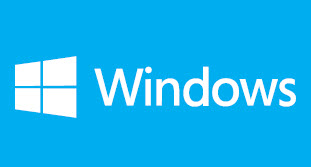Windows 7 support: What happens on January 13, 2015?

On January 13, Microsoft's mainstream support for Windows 7 Service Pack (SP) 1 ends.

"Mainstream support" is the period during which Microsoft provides for free security and non-security updates and telephone support for its products. "Extended support" -- the period during which Microsoft continues to provide for free security updates for products -- doesn't end until January 14, 2020 for Windows 7 SP1.
This support milestone for Windows 7 SP1 does not have implications for downgrade rights. Users will still able to buy a new PC with an OEM license for a business edition of Windows and then install an earlier version. PCs with Windows 8.1 Pro can be downgraded to Windows 7 Professional or Windows Vista Business. Microsoft volume licensees don't have to worry about their OEM's downgrade rights provisions; they have the right to downgrade to any prior version of Windows.
The January 13 deadline also has nothing to do with the end of sales cut-off date for PCs running Windows 7 Pro. Microsoft still has not provided a date as to when Windows 7 Pro will no longer be shipped to retailers or OEMs. Company officials have said they will provide one year of notice prior to that end-of-sale date.
As of October 31, 2014, Microsoft stopped providing its PC partners and systems builders with copies of Windows 7 Home Basic, Home Premium and/or Ultimate (not Professional) to preinstall on new PCs. But OEMs have been allowed to continue to sell their stock of PCs running these versions of Windows 7, though not to replenish their supplies.
Windows 7 still has more than 50 percent of the worldwide operating system market share, according to Net Applications.